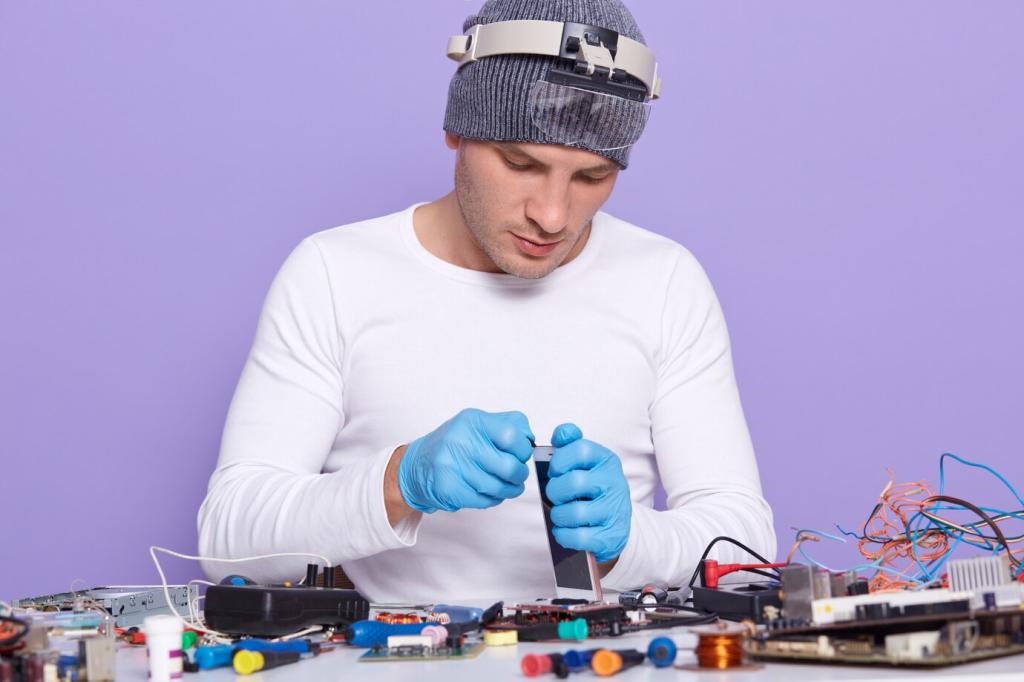
Smart Thermostat Projects with Arduino
Discover the exciting world of smart thermostat projects crafted with Arduino microcontrollers. This guide explores the essential concepts, hands-on applications, advanced automation techniques, and ways to personalize smart thermostats for modern homes. Whether you are a novice interested in DIY home automation or an experienced maker aiming to expand your project repertoire, delve into the possibilities that Arduino offers for climate control solutions.
Building the Foundation: Key Concepts for Arduino Thermostats
A pivotal aspect of a functional Arduino thermostat is the use of precise temperature sensors. Digital sensors such as the DHT22 or DS18B20 offer reliable measurements, feeding real-time data to the Arduino board. Accurate readings are critical, ensuring the system responds appropriately to temperature changes. The sensor selection will influence not only the precision of your project but also how quickly your thermostat adjusts to environmental fluctuations. Understanding factors like response time, calibration, and placement will guarantee optimal performance and user satisfaction.

Hands-On Projects: Prototyping Your First Smart Thermostat
Assembling the Hardware Components
Begin your prototyping journey by gathering the essential components: an Arduino board, temperature sensor, relay module, and power supply. Wiring these components safely and effectively is foundational to your project’s success. Paying careful attention to voltage compatibility and proper insulation will keep your setup safe for both users and equipment. Hands-on assembly encourages a deeper grasp of circuit layout, grounding techniques, and sensor placement within the environment for maximum accuracy and responsiveness.
Writing and Uploading Arduino Code
The next step transforms your hardware into a functioning thermostat through creative coding. Utilizing the Arduino IDE, you can write software that reads sensor input, compares it to desired setpoints, and controls the relay accordingly. Focus on structuring code for clarity and extensibility, which eases debugging and future development. Uploading your first program and watching your prototype respond dynamically to temperature changes is an incredibly rewarding experience that highlights the programmable flexibility of Arduino platforms.
Testing and Troubleshooting Your Prototype
After assembly and initial programming, thorough testing is essential. Simulate various temperature conditions to ensure the thermostat responds accurately and consistently. If issues arise, systematic troubleshooting highlights weak points in wiring, code logic, or component reliability. This process not only refines your first prototype but also instills troubleshooting skills invaluable for future projects. Effective diagnostics ensures that your smart thermostat operates safely, efficiently, and according to your tailored requirements.
Advancing Automation: Integrating Features and Connectivity
Incorporating Advanced Sensors and Timers
Going beyond simple temperature measurement allows for more nuanced environmental control. Adding humidity sensors, light sensors, or motion detectors enables dynamic response to changing room conditions throughout the day. Timers and scheduling logic provide sophisticated automation options, such as pre-conditioning rooms before occupancy. Integrating diverse sensors and time-based features can improve comfort and optimize energy usage, reflecting the full potential of modern smart thermostats.
Adding Wireless Connectivity and Remote Access
Wireless modules like the ESP8266 or Bluetooth adapters provide a direct pathway to remote monitoring and control. With Wi-Fi integration, you can adjust your thermostat via smartphone apps, web interfaces, or cloud-based dashboards from anywhere. Designing secure communication protocols and ensuring data privacy are key challenges in this stage. Remote access not only enhances user convenience but also lays the groundwork for integrating the thermostat with broader smart home networks.
Smart Home Integration and Voice Control
Seamless integration with existing smart home platforms, such as Amazon Alexa or Google Assistant, propels your thermostat into the realm of fully connected devices. Voice control and automation routines allow for effortless adjustments and personalized comfort settings. Ensuring compatibility across diverse platforms may involve additional programming or third-party libraries. The result is an intelligent climate system that harmonizes with your lifestyle and communicates intuitively with other home technologies.
